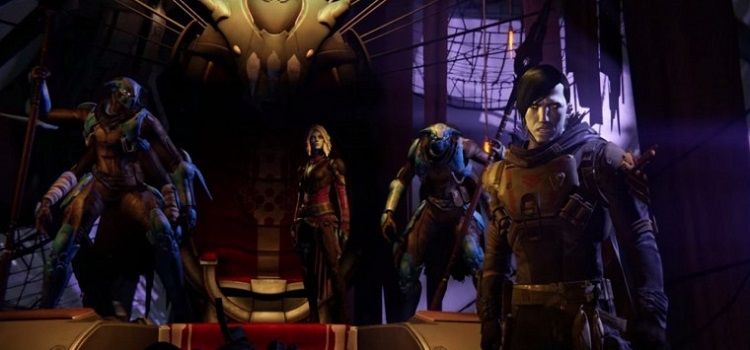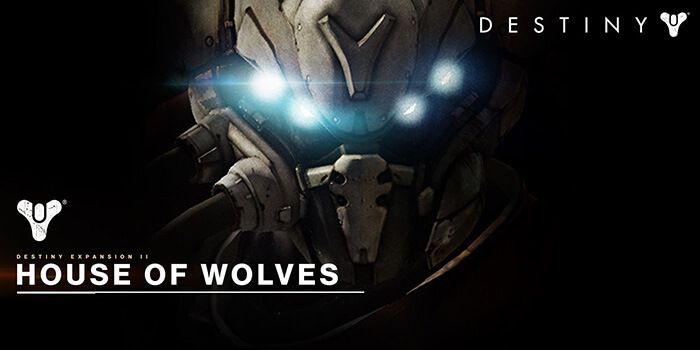Gamers, like any group of consumers, have a lot of power. Based on word of mouth and where they choose to spend their money, gamers hold the power to make the smallest indie game a giant success or the biggest AAA title a whopping failure. Because of this, production companies and developers carefully plot out their plans for revealing games in the way that will build the most hype in the community. In recent years, one of the hardest reactions to predict has been how well a game's DLC plans will be received by fans.
An exciting DLC pack, like the one that offers Jason as a fighter in Mortal Kombat X, has the potential to keep fans buzzing about a game weeks after its initial launch. On the other hand, the early announcement of DLC, like Star Wars' Battlefront's movie tie-in level, has the potential to leave shoppers worried that the game will be rushed out in order to meet a tie-in deadline.
The only thing that is consistent about DLC is that reactions to it are inconsistent. Clearly, publishers haven't quite figured out the right formula for announcing, releasing, and pricing this kind of add-on content, but we have noticed a few recurring trends. Based on gamer reaction and reception over the last few years, here are our do's and don'ts of DLC:
-
DON'T: Announce a DLC's price before its contents
This should seem like a no-brainer, but gamers (and consumers in general) don't usually like being asked for money before they have any idea what they are buying. Most recently, we saw Rocksteady announce a $40 DLC pass for Batman: Arkham Knight without any details about the length of the additional gameplay, features, or which characters would be involved. The fact that this particular instance was hot on the heels of a year's worth of delays certainly didn't help, but either way, many gamers were outraged at the idea of paying just $20 less than the full game on a poorly-described DLC pre-order.
On the other side of the coin, we've seen games like Mario Kart 8 receive fantastic reactions to DLC pre-orders thanks to detailed explanations of what's to come. Wii U owners shelled out just under $20 months before the new tracks and racers were added to the game without any complaints thanks to a clear explanation of what they would get in return for their money.
_____________________________________________
Page 2: Destiny & Free DLC
_____________________________________________
DO: Enhance the core game's replayability and end-game
Games with the most financially successful DLC campaigns are the ones that make revisiting the game an exciting experience. It's easy for gamers to feel like they are being nickel and dimed when a DLC pack just adds a few new maps, but when add-on content includes a significant new raid or boss battle to a game's campaign, players have no problem shelling out the extra dough. Although Blizzard's expansion are significantly larger than most traditional DLC (and might be closer to sequels), the new class and features introduced in Diablo 3's expansion managed to breathe fresh life back into the community and bring thousands of dormant players out of retirement.
We've seen Destiny take heat for not packing enough end-game content into previous DLC packs, but the game's add-ons and patches have been improving on that front and learning from their mistakes. It's important to strike a balance with DLC packs, but rewarding the players who spend the most time in the game with signifiant add-ons to the end-game seems to return the most profit.
-
DON'T: Announce DLC before showing gameplay
Timing is tricky when it comes to announcing DLC. The concept for a cool DLC pack (like a Battlefront level that takes place on a planet from The Force Awakens) can help raise interest in a game, but putting an emphasis on DLC too early makes shoppers question why the content isn't included as part of the initial release.
Video games aren't cheap, but gamers have been lucky to only see about a ten dollar increase in standard pricing in the last twenty years. As video games become more expensive to create with each generation, it's essential that publishers find ways to get more than $60 out of fans and a steady stream of year one DLC is a great way to do that. That said, promising that year one DLC before gameplay footage of the core game has even been debuted has consistently angered fans and should be avoided. Future players want to know that the core game is the priority. Spending the early months of marketing selling the core game will garner much greater returns than angering the fan base by putting too much emphasis on DLC that is likely years away.
_____________________________________________
Page 3: The Best DLC Price
_____________________________________________
DO: Throw gamers a free treat on occasion
It's important to remember that gamers have already spent $60 on most games and DLC is asking fans to keep the cash coming. In order to earn some goodwill, it's a smart move for game's to throw the players a bone from time to time. Not all DLC should cost money and players will be more likely to spend dough on actual content if they've received something for free after purchasing the game.
Adding in a new skin, weapon, or map with a standard patch shows players that the community is important and that the developers care about keeping the game alive. During the breaks between for-pay DLC packs, keeping the community engaged with free add-ons will keep players logging in and clocking hours until it's time to spend money again.
-
DON'T: Drive players away with in-game ads
After consumers spend $60 on a game, it's overkill to immediately start beating them over the head with ads for content that is locked behind a paywall. Games like Mortal Kombat X are particularly guilty of this crime. Every time players boot up Mortal Kombat X, they are greeted by a reminder that Goro and Jason are waiting to be unlocked. Just click X to visit the shop and purchase!
Although a convenient and intuitive in-game store is a great strength, constant reminders of content that is sitting behind a paywall is not the way to make players feel welcome in a game lobby. A "don't show this again" option allows players who have already shelled out a decent amount of money for the core game to experience their purchase without interruption. Obviously it's important for players to know what they can purchase, but having an easy to find shop should take care of that need.
-
Do you think we skipped any crucial rules that can make or break DLC? What games do you think have the best or worst DLC experiences? Let us know in the comments.


